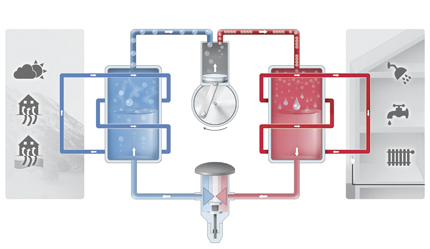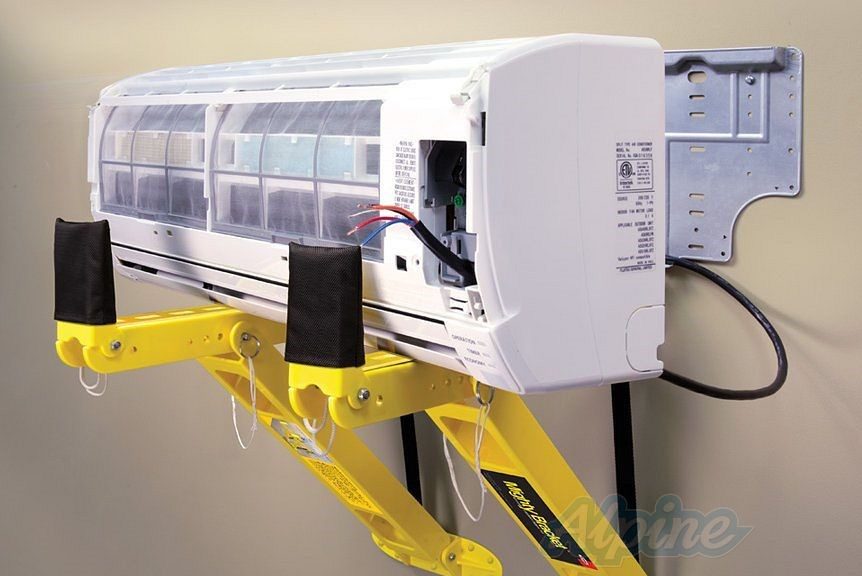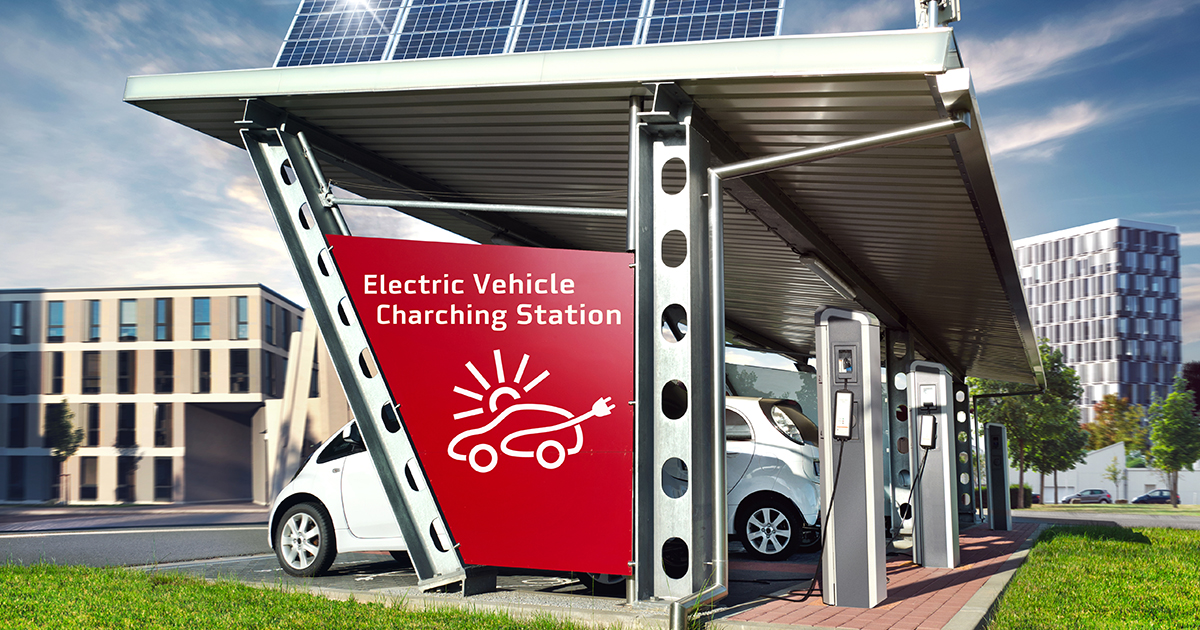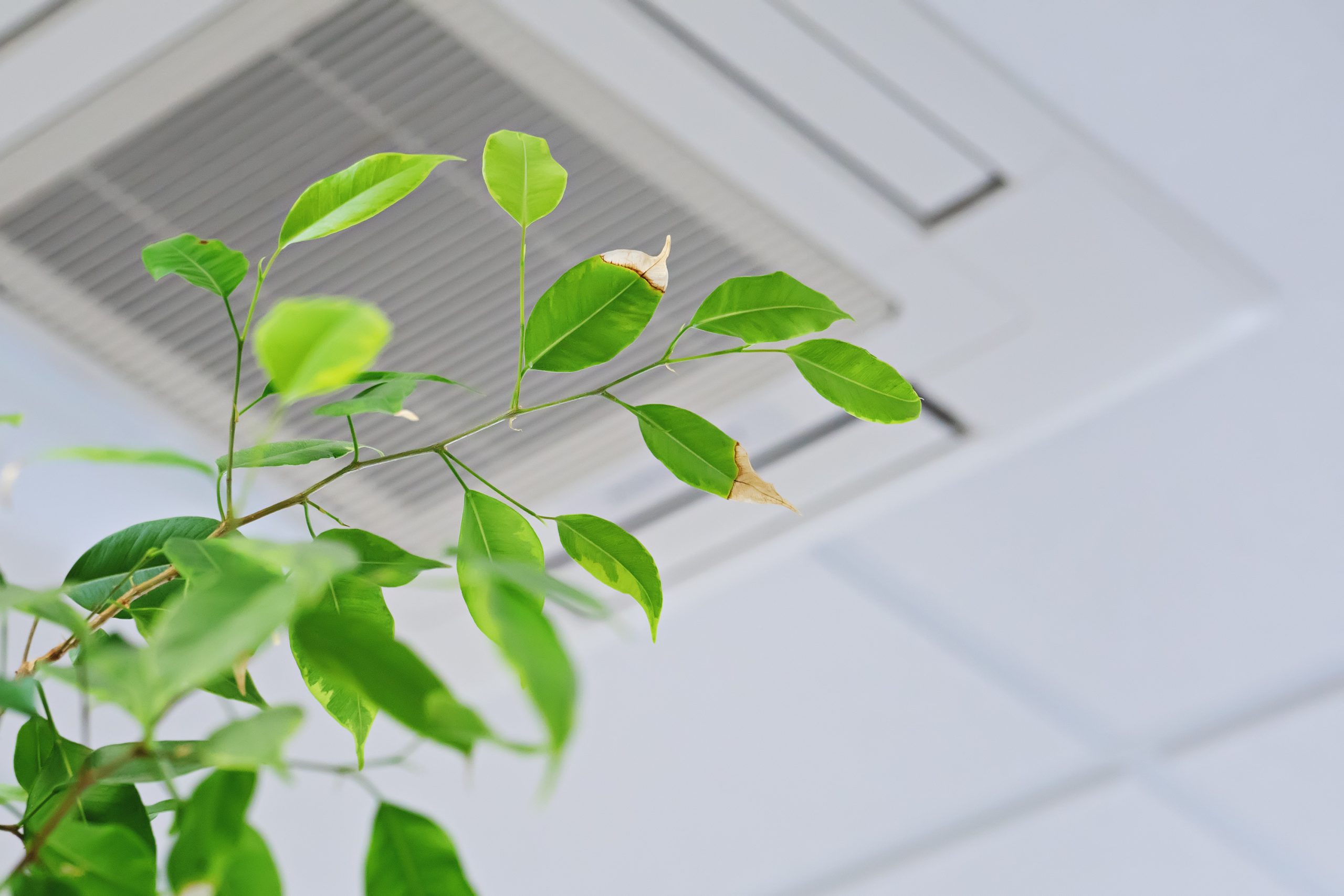
Heat pumps
A heat pump recovers free, renewable energy from outdoor air, the ground or a natural water source, or waste energy from other processes.
This is known as cold source heat recovery. Energy is recovered using a coolant fluid and used to directly heat the ambient air or the water in a building’s heating system, which are known as hot sources.
How is the efficiency of a heat pump measured?
A heat pump does not generate heat itself, but moves it from the cold source to the hot source. This explains its high efficiency, which is expressed as COP (coefficient of performance).

* Heat pumps typically run on electricity. Some models use gas, which allows for additional heat recovery.
** A heat pump can heat the building and also domestic hot water. Reversible heat pumps can also be used for cooling in warm weather.
A system’s COP (coefficient of performance) represents its efficiency in theoretical, optimal conditions defined by the provider, hence it is known as the nominal COP.
To maintain this high efficiency requires the minimum possible temperature difference between the hot source and cold source. This implies the use of low-temperature heating systems such as radiant floors or low-temperature radiators:

Additionally, the efficiency of air-to-air or air-to-water heat pumps (drawing energy from the outdoor air) can vary considerably according to the outdoor temperature. It is lowest during the winter. During very cold spells (below -5 °C), an air-to-air or air-to-water heat pump may need to be supplemented with other heating.
For these reasons:
– In 2015, the seasonal energy efficiency measurement (ETAs) was introduced to evaluate a heat pump’s seasonal performance. It is calculated in standardised conditions, being the weighted average of operation at full power and 30% power. This allows comparison between heat pumps from different manufacturers.
– Seasonal coefficient of performance (SCOP) is used to quantify the heat actually provided by the heat pump across the entire heating period and therefore corresponds to real-world conditions. Its value can be significantly lower than the nominal COP quoted by the manufacturers!
Be aware of defrosting cycle on air-to-air and air-to-water heat pumps:
Frost may form on the evaporator in cold weather, requiring the heat pump to operate in reverse, which actually cools the building for a short time. For this reason, ensure that the building is insulated as well as possible, promote thermal inertia, and ensure that the system’s water capacity is sufficient.
Heat pump malfunction is very often due to shortcomings in these areas.
There are three main types of heat pump:
Below, the types are labelled X/Y:
- X indicates the cold source (the source of energy).
- Y indicates the hot source (the energy transfer vector)

Comparison between air-to-water heat pump and condensing gas boiler:
Imagine that you are planning to replace your old, inefficient boiler – how do you decide between a heat pump and a condensing gas boiler? See the comparison table below.

In conclusion, the two solutions are equivalent, economically speaking. But the carbon emissions argument is decisively in favour of the heat pump.
Here is an example comparing the two solutions for a 1,200 square-metre commercial space with 60 kW of heating power. A comparison has been made with the power supply networks in Germany and in Brussels, Belgium. Note that the electricity network in France is lower-carbon, cheaper and more subsidised, making the heat pump more attractive in France than in neighbouring countries. There are two options for making the heat pump more appealing, other than its carbon advantage: subsidies and insulation (to reduce the power needed and thus the cost difference compared with gas).

Assumptions:
- Context: 1,200 square-metre commercial space, 60 kW heating installed, consumption estimated from base value of 50 kWh/m2/year for the gas boiler, estimated SCOP of 3 (nominal COP of 4.5, SCOP between 3 and 3.5, rounded down to 3)
- Gas: €0.07/kWh gas, 400 g CO2e/kWh gas
- France: €0.16/kWh elec (divided by 1.2 to subtract VAT) 50 g CO2e/kWh elec, CEE subsidies estimated under ideal possible conditions at €7/MWh cumac with maximum bonuses
- Belgium: €0.22/kWh elec divided by 1.2 to subtract VAT), 347 g CO2e/kWh elec, subsidy estimated at 25% of the bill
- Germany: €0.22/kWh elec for professionals, 352 g CO2e/kWh elec, subsidy estimated at 50% of the bill
- Consumption over 10 years
- The price does not include system installation or maintenance
Did you like the article ?


